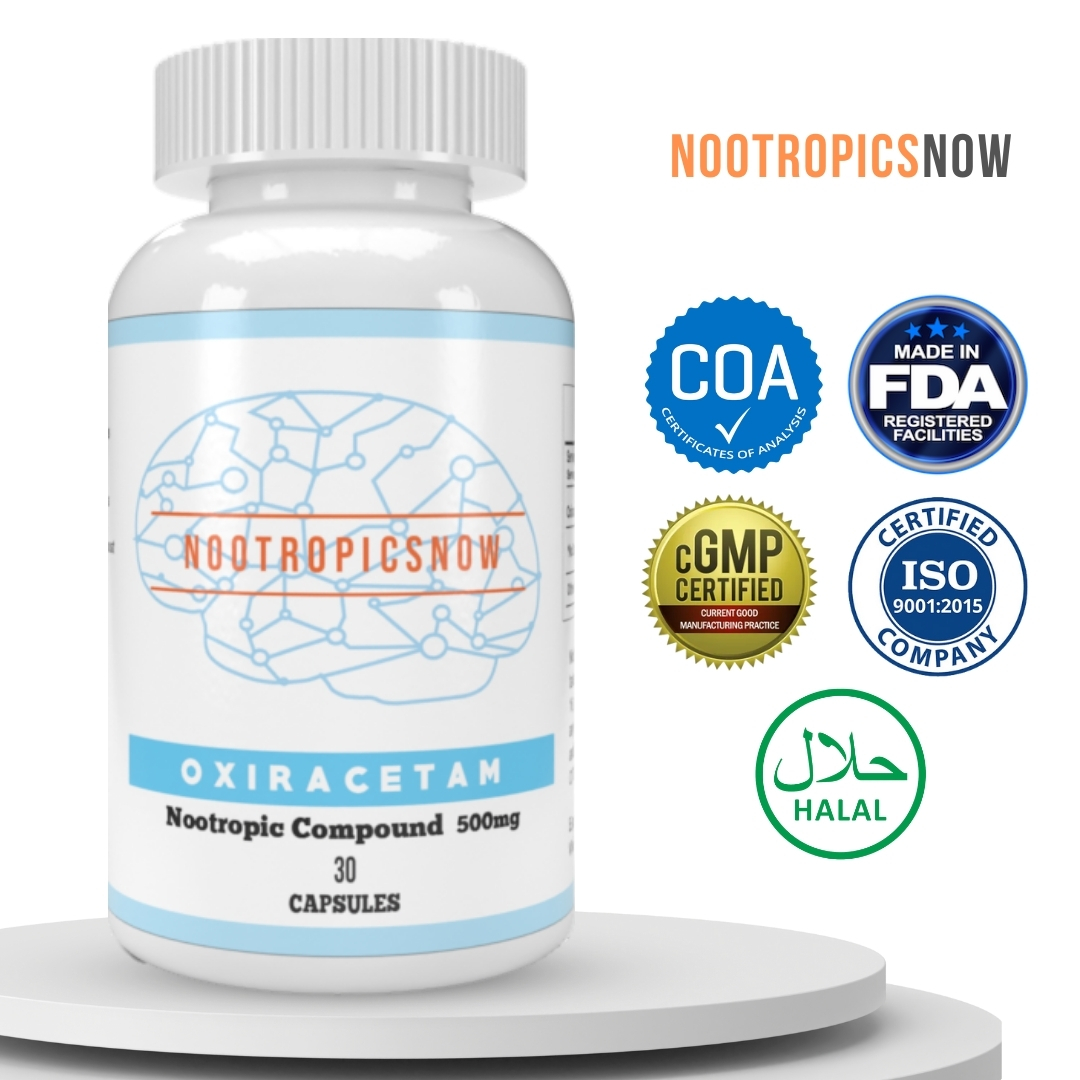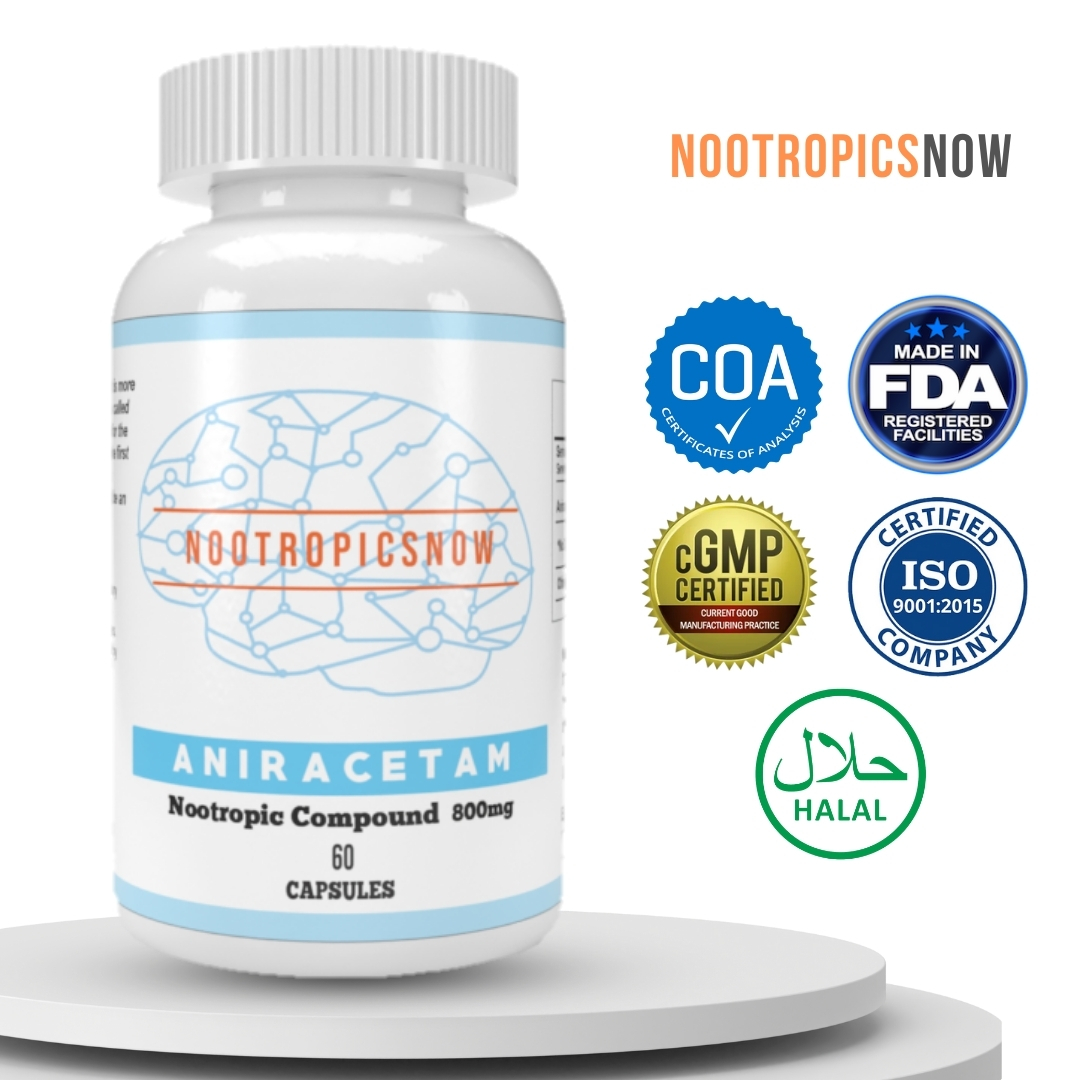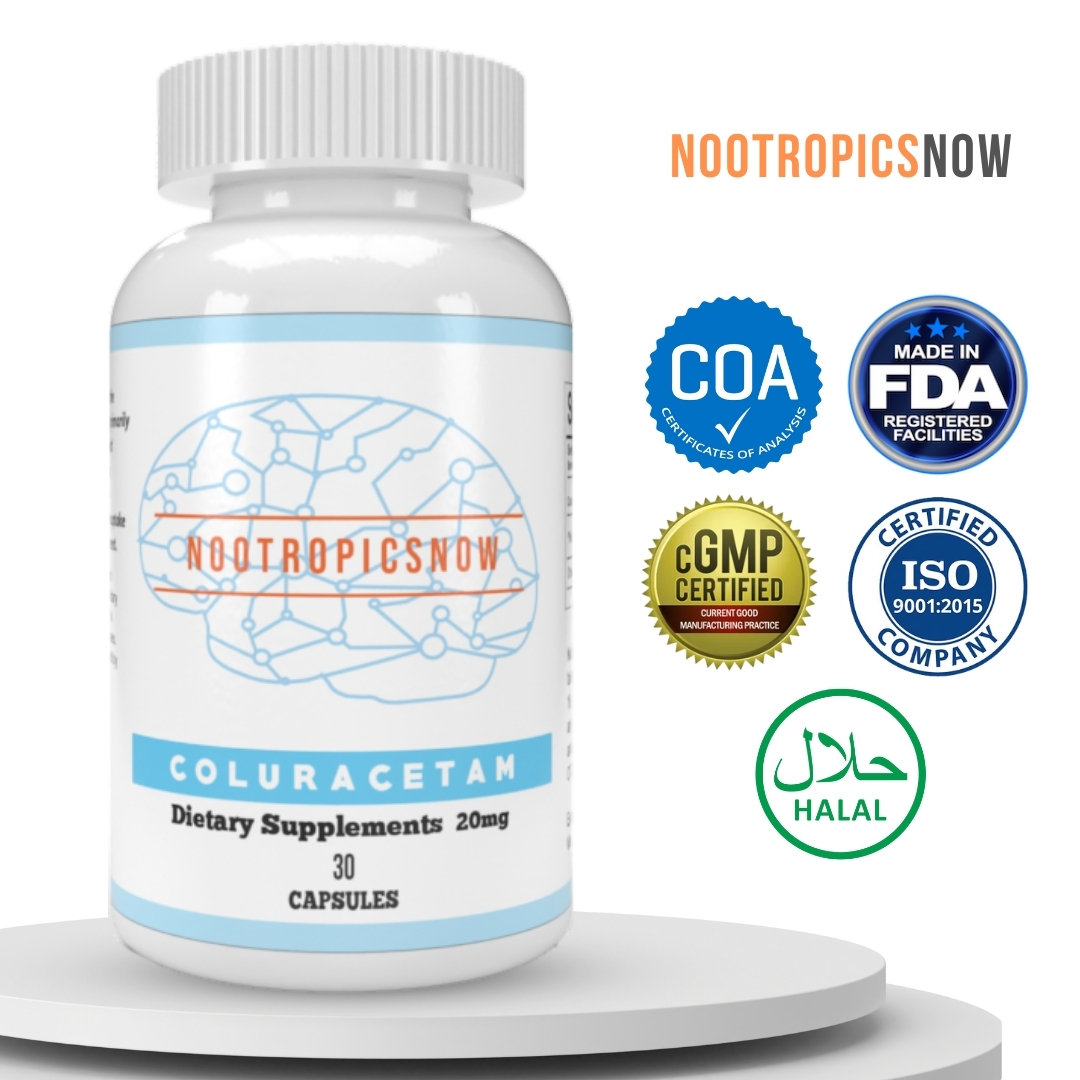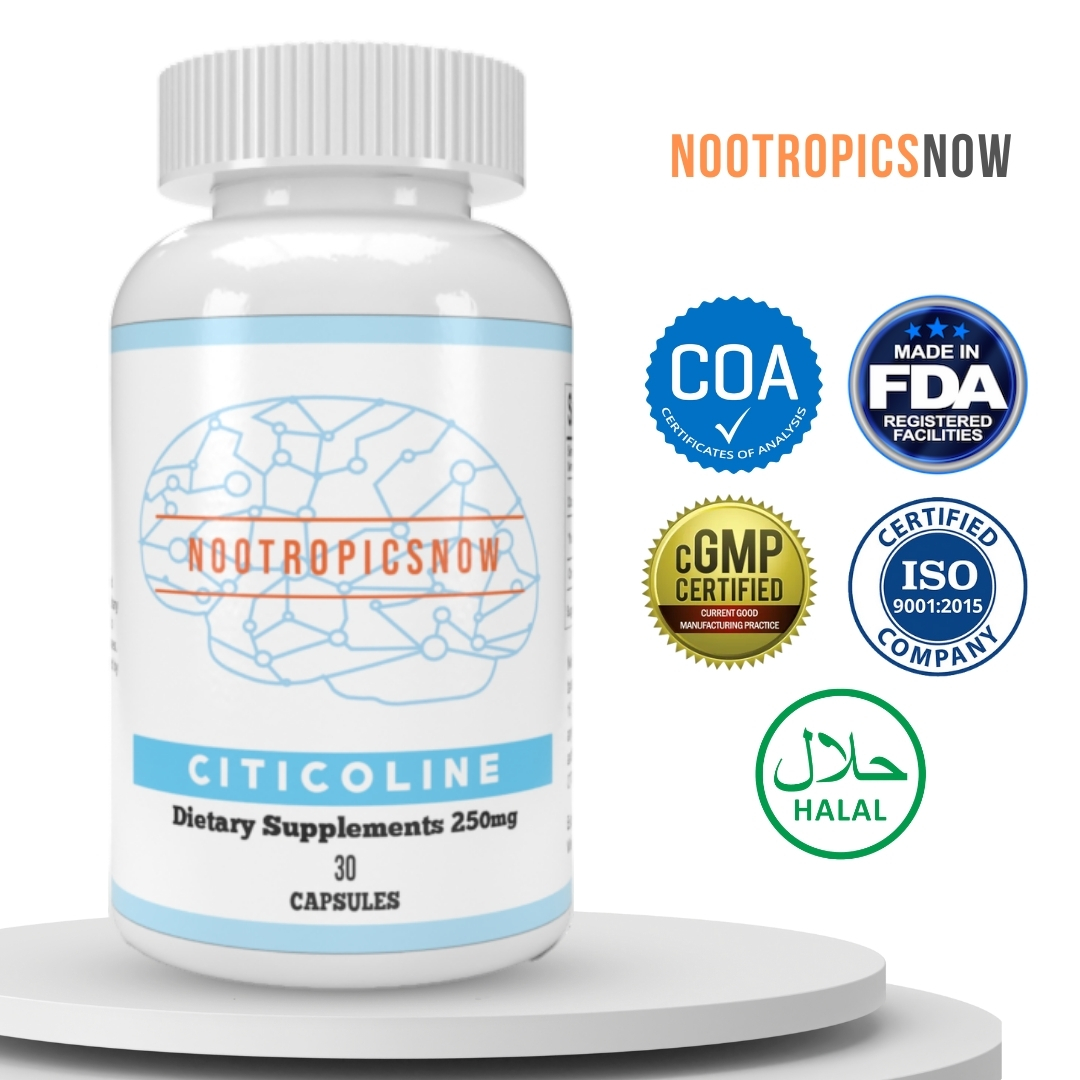Phenylpiracetam: Benefits, Dosage & Side Effects

`markdown
Phenylpiracetam: Unlocking Cognitive Potential

Phenylpiracetam, a potent nootropic derived from piracetam, offers significant cognitive enhancement. Its unique chemical structure allows for more effective blood-brain barrier penetration compared to its predecessor. Therefore, users often report heightened focus, improved memory, and increased energy levels. This section delves into phenylpiracetam’s benefits, mechanisms, dosage, safety, and legal status.
What is Phenylpiracetam?
Phenylpiracetam (also known as Fonturacetam) is a synthetic nootropic drug that belongs to the racetam family. It’s essentially piracetam with a phenyl group attached, resulting in enhanced bioavailability and stimulating effects. The addition of this phenyl group allows it to cross the blood-brain barrier more efficiently, resulting in a more pronounced effect. Its creation stems from Russian scientists seeking to enhance the performance of cosmonauts, demonstrating its potential for extreme cognitive and physical demands.
Phenylpiracetam Benefits: A Closer Look
Phenylpiracetam is renowned for its diverse range of cognitive enhancements. These benefits contribute to its popularity among students, professionals, and individuals seeking to optimize their mental performance.
Enhanced Cognitive Function
Phenylpiracetam promotes improved cognitive functions, particularly memory and learning. It can facilitate faster information processing, enhance concentration, and improve overall mental clarity. Therefore, individuals often experience an increased capacity to absorb and retain information. Many users report feeling more “switched on” and mentally sharp while using this nootropic.
Increased Focus and Concentration
A primary benefit is enhanced focus and concentration. Phenylpiracetam can help individuals maintain their attention on tasks for extended periods, reducing distractibility and improving productivity. This effect is particularly beneficial for individuals involved in demanding intellectual tasks or requiring sustained attention to detail. For example, students can use it to prepare for exams or professionals can use it to complete tasks with greater efficiency.
Improved Memory and Learning
Phenylpiracetam is known to improve memory consolidation and retrieval. This means it can assist in forming new memories and recalling existing ones more effectively. Consequently, users often experience improved learning capabilities, making it a valuable tool for academic pursuits and professional development. Also, anecdotal evidence suggests that it aids both short-term and long-term memory.

View Product

View Product
Increased Physical Endurance
Unlike many nootropics which primarily focus on cognitive effects, phenylpiracetam also offers physical benefits. Users often experience increased physical endurance and stamina. This can lead to improved athletic performance and reduced fatigue during physical activities. It’s important to note that, however, due to these physical benefits, it is banned by the World Anti-Doping Agency (WADA).
Mood Enhancement
Phenylpiracetam can have a positive impact on mood. Many users report feeling more motivated, optimistic, and less prone to anxiety or depression. This mood-boosting effect can contribute to improved overall well-being and enhanced performance in various aspects of life. The impact on dopamine levels may partially explain the reported mood enhancement.

View Product
How Phenylpiracetam Works: Mechanisms of Action
Phenylpiracetam’s effects are thought to stem from several key mechanisms.
Phenylpiracetam Dosage: Finding the Right Amount
Determining the appropriate dosage is crucial to optimizing the benefits of phenylpiracetam while minimizing potential side effects. Dosage requirements can vary from person to person, influenced by factors such as individual sensitivity, body weight, and desired effects. It’s generally advisable to start with a low dose and gradually increase it until the desired results are achieved.
General Dosage Guidelines
The typical dosage range for phenylpiracetam is 100mg to 200mg, taken one to three times per day. However, some users might find that a lower dose of 50mg is sufficient, while others may require up to 300mg per dose to experience the desired effects. It’s crucial to assess individual tolerance and response to the drug. Most users find the sweet spot within this range.
Timing
Phenylpiracetam is generally taken in the morning or early afternoon, given its stimulating effects. Taking it too late in the day could interfere with sleep. It’s best to avoid evening doses to prevent insomnia or other sleep disturbances.
Cycling
To prevent tolerance and maintain its efficacy, cycling phenylpiracetam is often recommended. This involves taking it for a period of time, such as 2-4 weeks, followed by a break of equal length. For example, one might take it Monday through Friday, and then take the weekend off. Cycling ensures that the brain remains responsive to its effects, preventing diminished benefits over time.
Individual Variation
Sensitivity to phenylpiracetam can vary significantly. Some individuals may be highly responsive even to low doses, while others require higher amounts to achieve the same effect. Factors like age, overall health, and existing cognitive conditions can influence individual response. Careful self-monitoring is essential to determine the optimal dosage.
Stacking with Other Nootropics
Phenylpiracetam is often stacked with other nootropics to enhance its effects or mitigate potential side effects. Common stacks include choline sources like Alpha GPC or CDP-Choline to enhance acetylcholine levels and prevent headaches, or L-Theanine to reduce anxiety. Careful consideration should be given to potential interactions when combining multiple substances.

View Product

View Product
Precautions
Potential Side Effects and Safety Considerations
While phenylpiracetam is generally well-tolerated, potential side effects can occur. The severity and frequency of these side effects can vary. Understanding these side effects and taking appropriate precautions is essential to ensure a safe and positive experience.
Common Side Effects
Rare Side Effects
Precautions
Contraindications
Interactions with Other Drugs
Phenylpiracetam Legality: A Global Perspective
The legal status of phenylpiracetam varies from country to country. In some regions, it is available as a prescription medication, while in others, it can be purchased over-the-counter as a dietary supplement. Understanding the legal status in your region is essential before purchasing or using phenylpiracetam.
Russia
United States
Canada
European Union
Australia
World Anti-Doping Agency (WADA)
Important Considerations
Where to Buy Phenylpiracetam
Finding a reliable source is crucial to ensure product quality and safety.
Before purchasing, be sure to do the following:
User Experiences: What to Expect
User experiences with phenylpiracetam vary widely. Some users report significant cognitive benefits, while others experience minimal effects or unwanted side effects. Understanding these experiences can provide valuable insights and help you set realistic expectations.
Positive Experiences
Negative Experiences
General Tips for New Users
Phenylpiracetam: A Detailed Exploration
Phenylpiracetam, also known as Fonturacetam, represents a potent nootropic compound that has garnered considerable attention for its cognitive-enhancing and physical performance-boosting properties. Primarily utilized in Russia and Eastern European countries, this unique substance boasts a rich history, a well-defined mechanism of action, and a spectrum of potential benefits. However, it’s equally important to consider its potential side effects and regulatory status before considering its use. This section aims to provide a comprehensive overview of phenylpiracetam, covering its synthesis, benefits, risks, and usage guidelines.
Historical Context and Development
The genesis of phenylpiracetam can be traced back to 1983 when it was initially synthesized by Russian scientists as part of a space program. The primary objective was to develop a compound that could enhance the cognitive and physical resilience of cosmonauts during prolonged space missions. As a derivative of piracetam, phenylpiracetam was designed to offer improved bioavailability and a broader range of effects.

View Product
In 2003, it obtained official approval for medical applications in Russia, solidifying its role as a pharmaceutical agent. This approval marked a pivotal moment, recognizing its potential therapeutic value in addressing various neurological and psychological conditions.
Medical Applications and Therapeutic Uses
Phenylpiracetam’s therapeutic applications are diverse, spanning across various medical conditions. Its approval in Russia encompasses the treatment of cerebrovascular insufficiency, a condition characterized by reduced blood flow to the brain. Furthermore, it’s utilized to alleviate symptoms associated with depression, apathy, attention deficits, and memory impairment. Its capacity to enhance cognitive function has made it a valuable asset in mitigating the effects of neurological disorders.
In addition, phenylpiracetam plays a role in managing the aftermath of encephalopathy, brain injuries, and post-operative recovery following glioma surgery. Its neuroprotective properties aid in repairing damaged brain tissue and restoring cognitive abilities. Moreover, it exhibits anticonvulsant properties, leading to its use as an adjunctive therapy in the management of epilepsy. By reducing the frequency and intensity of seizures, it contributes to an improved quality of life for epilepsy patients. Finally, phenylpiracetam has shown promise in alleviating symptoms of depression, anxiety, asthenia, and fatigue, offering potential benefits for individuals grappling with these conditions. St. John’s Wort is another supplement that has been studied for its effect on mood, anxiety, and depression.

View Product
Mechanism of Action: Unlocking the Cognitive Enhancements
The multifaceted effects of phenylpiracetam stem from its complex mechanism of action, involving several key neurotransmitter systems and neuronal processes. In 2014, researchers identified the (R)-enantiomer of phenylpiracetam as a selective, atypical dopamine reuptake inhibitor. This means it increases dopamine levels in the brain, enhancing motivation, focus, and alertness. This is achieved by blocking the reabsorption of dopamine, prolonging its effects on brain cells.
Furthermore, phenylpiracetam interacts with nicotinic acetylcholine receptors, further contributing to its cognitive-enhancing effects. These receptors play a crucial role in attention, memory, and learning. Phenylpiracetam’s modulation of these receptors facilitates improved cognitive performance and mental clarity.
Studies have indicated that phenylpiracetam can increase the density of various receptors in the brain, including those for acetylcholine, NMDA, GABA, and dopamine. These neurotransmitters are essential for memory formation, cognitive function, sleep regulation, and mood stability. By modulating these neurotransmitter systems, phenylpiracetam fosters an environment conducive to optimal cognitive performance and overall neurological well-being. CDP Choline is another supplement that may help support cognitive function.

View Product
Effects on the Brain: Enhancing Cognitive and Neurological Function
The effects of phenylpiracetam on the brain are far-reaching, impacting various cognitive and neurological functions. It enhances cognitive performance, memory, and concentration, empowering individuals to tackle tasks with greater efficiency and focus. Its ability to facilitate learning and retention stems from its capacity to enhance interhemispheric communication, streamlining the transfer of information between the brain’s hemispheres.
Moreover, phenylpiracetam improves regional blood flow, particularly in ischemic areas of the brain. This increased blood flow ensures that brain cells receive adequate oxygen and nutrients, boosting alertness, cognition, focus, and mood. This aspect is particularly beneficial in treating conditions associated with impaired cerebral circulation.
Phenylpiracetam also acts as an adaptogen, increasing the body’s resistance to stress in conditions of excessive mental and physical overload, fatigue, hypokinesia, immobilization, and low temperatures. By bolstering stress resilience, it equips individuals to better cope with challenging situations and maintain peak performance under pressure. For those looking to boost energy levels, consider supplements like L-Tyrosine, which is an amino acid precursor to dopamine and norepinephrine.

View Product
Dosage Guidelines and Administration
The recommended dosage of phenylpiracetam typically ranges from 100 to 200 mg per day, administered in one or two divided doses. It’s crucial to adhere to these guidelines to minimize the risk of adverse effects and maximize its benefits. As with any nootropic, it’s advisable to start with a lower dosage and gradually increase it as needed, while closely monitoring individual responses.
Phenylpiracetam can be taken with or without food, depending on personal preference. However, some users report that taking it on an empty stomach enhances its absorption and effects. It is crucial to avoid exceeding the recommended dosage, as higher doses may increase the likelihood of side effects without necessarily enhancing its cognitive benefits.
Potential Side Effects and Safety Considerations
While phenylpiracetam offers numerous benefits, it’s essential to be aware of its potential side effects and safety considerations. Sleep disturbances are a commonly reported side effect, underscoring the importance of taking it earlier in the day to minimize disruptions to sleep patterns. Prolonged use can lead to a reduced appetite, highlighting the importance of maintaining a balanced diet to prevent nutritional deficiencies.
Phenylpiracetam’s stimulant-like effects have led to its ban by the World Anti-Doping Agency (WADA) and the International Olympic Committee (IOC) due to its potential for abuse as a performance-enhancing agent. This underscores the need to exercise caution and moderation when using phenylpiracetam, especially in competitive sports or other settings where its use may be prohibited.
Individuals with pre-existing medical conditions or those taking other medications should consult with a healthcare professional before using phenylpiracetam. This is crucial to avoid potential drug interactions and ensure that it is safe and appropriate for individual circumstances.
Forms and Availability
Phenylpiracetam is typically available in the form of 100 mg oral tablets, offering a convenient and standardized method of administration. It’s marketed under various brand names, including Phenotropil, Actitropil, and Carphedon, depending on the manufacturer and region.
Legal Status and Regulatory Considerations
The legal status of phenylpiracetam varies across different countries. In some regions, it’s available as a prescription medication, while in others, it can be purchased over-the-counter or through online retailers. It’s crucial to research the legal status of phenylpiracetam in your specific location before attempting to purchase or use it.
User Experiences and Online Reviews
Online forums and communities dedicated to nootropics often feature user experiences and reviews of phenylpiracetam. These anecdotal reports can provide valuable insights into its effects, dosage recommendations, and potential side effects. However, it’s important to approach these accounts with caution, as individual responses can vary significantly.
Clinical Trials and Research Findings
Clinical trials conducted in Russia have corroborated the effectiveness of phenylpiracetam in improving regional blood flow in ischemic brain regions, reducing depressive and anxiety disorders, enhancing the brain tissue’s resilience to hypoxia and toxic effects, and improving concentration and mental activity. These findings underscore its potential therapeutic value in treating a range of neurological and psychological conditions.
Conclusion: A Powerful Nootropic Requiring Careful Consideration
In summary, phenylpiracetam is a potent nootropic compound with a wide array of cognitive-enhancing and therapeutic effects. Its ability to enhance focus, memory, and overall cognitive performance has made it a valuable asset for individuals seeking to optimize their mental capabilities. However, it’s essential to exercise caution and moderation when using phenylpiracetam, adhering to recommended dosages and being mindful of potential side effects. Consulting with a healthcare professional is crucial before incorporating it into your regimen, particularly if you have any pre-existing medical conditions or are taking other medications. By carefully considering its benefits, risks, and legal status, individuals can make informed decisions about whether phenylpiracetam is the right choice for their cognitive enhancement needs. If you are seeking alternatives, consider Lion’s Mane Mushroom, which has been studied for its neuroprotective properties.

View Product




